Introduction
Floribunda Rose Planting in Garden: Create your very own fragrant siren garden. Sink yourself into the fragrance of the garden with roses by planting your own floribunda rose Planting garden. Treasured for their sweet flowers and hardy growth, these miracle beauties satisfy in gardens everywhere!
Whether you are a rose growing veteran or just starting to dip your toes into the world of roses, you are going to want to know how to plant floribunda roses to ensure that your garden is giving you beautiful, full roses year after year!
In this ultimate rose guide, which is all about roses, you will discover the ins and outs of planting and caring for these beautiful roses. We will take you through all of the important ingredients that help in the successful growth of your rose bushes, from deciding where to plant to finding out about the soil quality and what time of the year it is best to plant.

Understanding Floribunda Roses
What Makes Floribunda Roses Special
Floribunda is a cross between a hybrid tea and a polyantha and carries with it the best features of each; the former is renowned for large, classic flowers and a wide selection of colors, while the latter is a petite, primarily pink variety that produces masses of flowers. These magnificent roses acquired their Latin name ‘floribunda’ – meaning “many flowering”, thanks to their prolific flowering across a long season of growth. Unlike single-stemmed hybrid tea roses, floribunda blooms can be just as large with many flowers opening at once on the same stem!
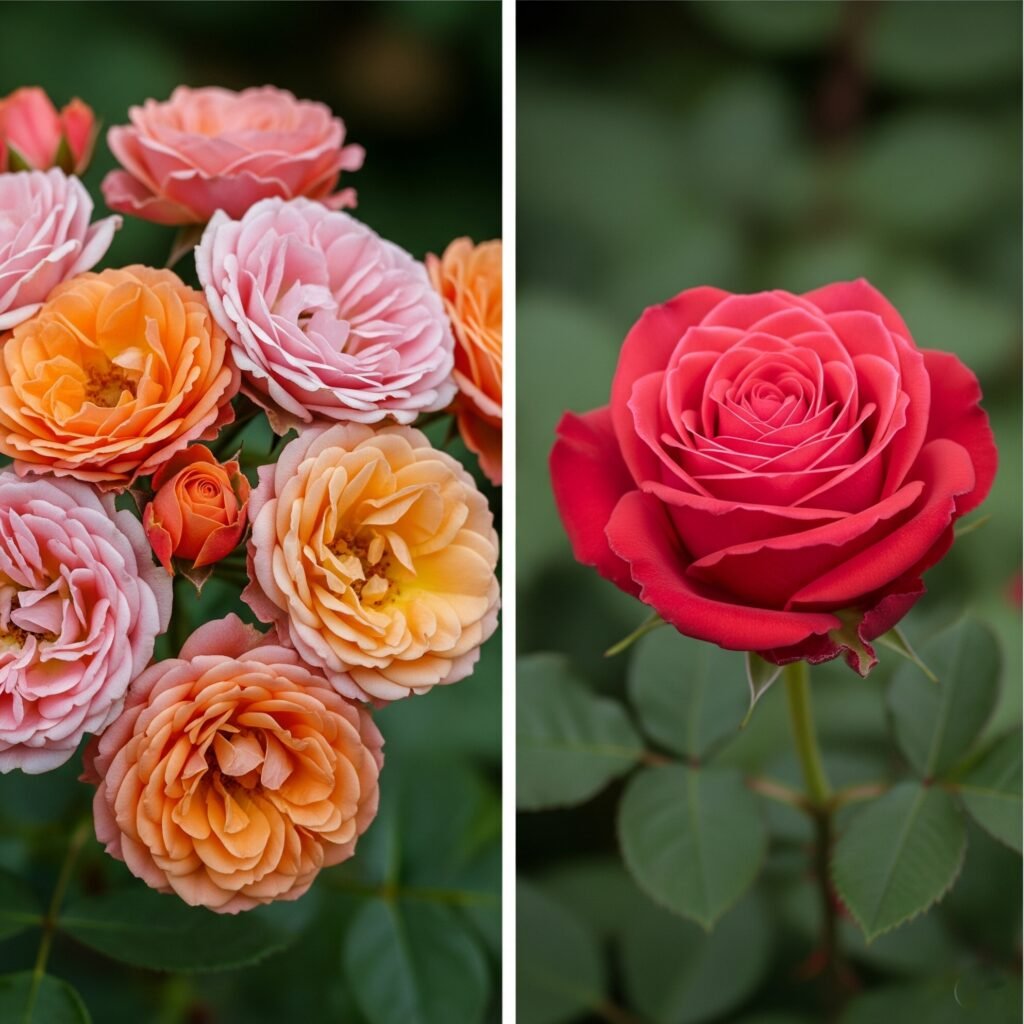
Hybrid rose Flower
The characteristics that have made floribundas popular in the home garden are their shrub form (usually ranging from 3 to 6 feet), though generous clusters of large flowers and evergreen leaves, hardiness and pest resistance far superior to hybrid teas, and repeat flowering throughout the growing season (from late spring until first frost). The above roses are also very cold hardy, in general surviving well down into zone 4, which means you can grow them almost anywhere! Winter Flowering Cherry Trees have a profusion of flowers in late winter, however their tight-knit, strong structure benefits your garden even when the plant is not in flower.

Popular Floribunda Rose Varieties
Today there is a vast range of colours, forms, and fragrances available in modern floribunda roses to suit any genre of garden style. Top favourites are pristine white ‘Iceberg,’ golden-yellow ‘Julia Child,’ and chocolate with an undertone of orange ‘Contact Hot Cocoa.’ Dwarf forms such as the 50cm-tall ‘Moment in Time,’ which is covered in masses of pure red blooms, are ideal for smaller gardens and potted displays.

Benefits for Home Gardeners
There are many reasons to select floribundas for your yard and garden that go well beyond their stunning appearance. These roses are generally less maintainable than hybrid tea roses and, as a result, are perfect for the gardener with less experience, as well as for someone who has a yard with less time to spend in it. The natural health of their disease-resistant plants minimises the need for long-term chemical use, and their re-blooming design provides consistent colour from early spring to late fall.
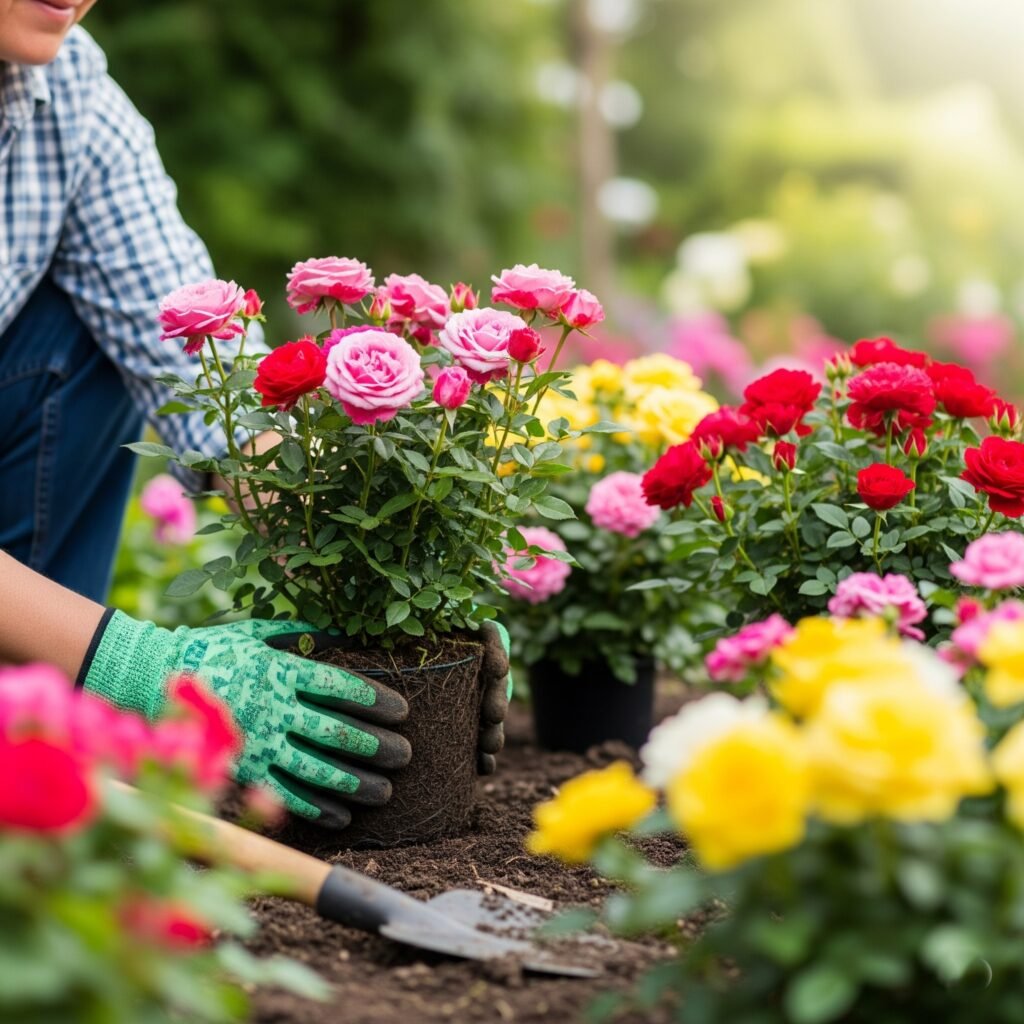
Best Time and Season to Plant
Best Time to Plant Floribunda Rose Bushes
Planting season for floribunda roses falls in the spring, especially for bare-root ones, which should be planted before they start to grow for spring dormancy. Roses planted in the spring develop healthy root structures during the cool spring and summer months so that the plants are ready to bloom their first season in the ground. (5328) Autumn planting in October-November is equally very good because the plants get established when they are dormant prior to the growing season.

Regional Climate Considerations
Knowing the climate conditions of your area is also indispensable when it comes to the planting timing of floribunda roses. In all colder areas (Zones 4-6), spring is the best time to plant, after the threat of frost is past. In moderate climates (Zones 7 and 8), gardeners have a long planting season, as the conditions are ideal throughout early spring and in late fall. Southern gardeners (Zones 9-10) must shoot for fall and early winter planting to avoid the hot summer stresses to this new start plantings.
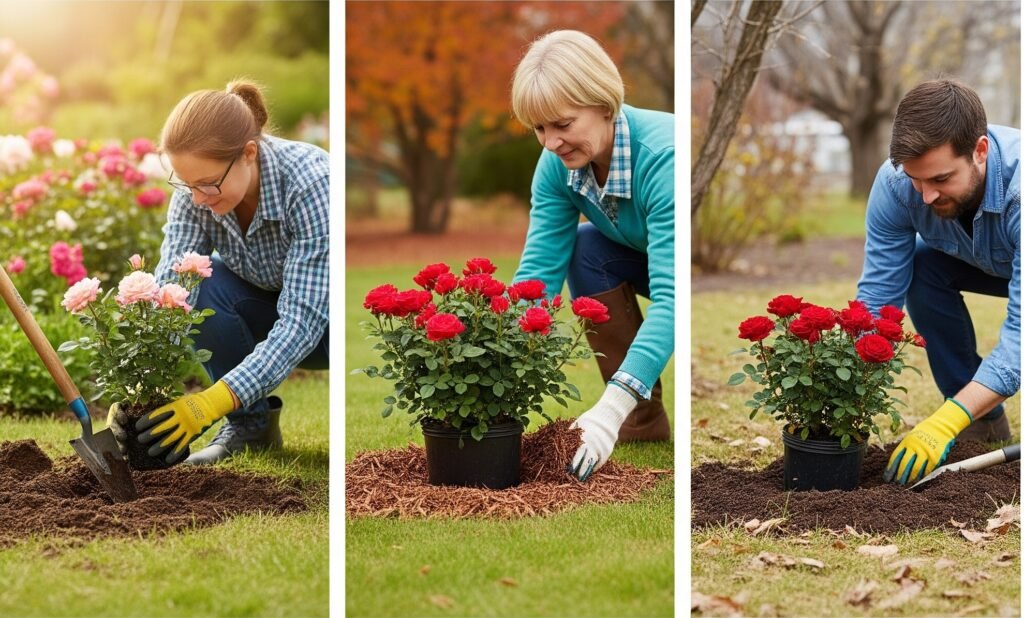
Preparing for the Season
To achieve successful results, preperation differs from season to season. Preparation for spring planting starts in late winter with soil testing and soil amendment to have beds ready when the best spring planting weather occurs. “Planting in the fall takes the rush off during the summer months when nice weather can be zeroed in on for soil improvement and site preparation.” Roses bought in the summer can be left in containers in full sun and watered regularly until a good time to plant arrives.
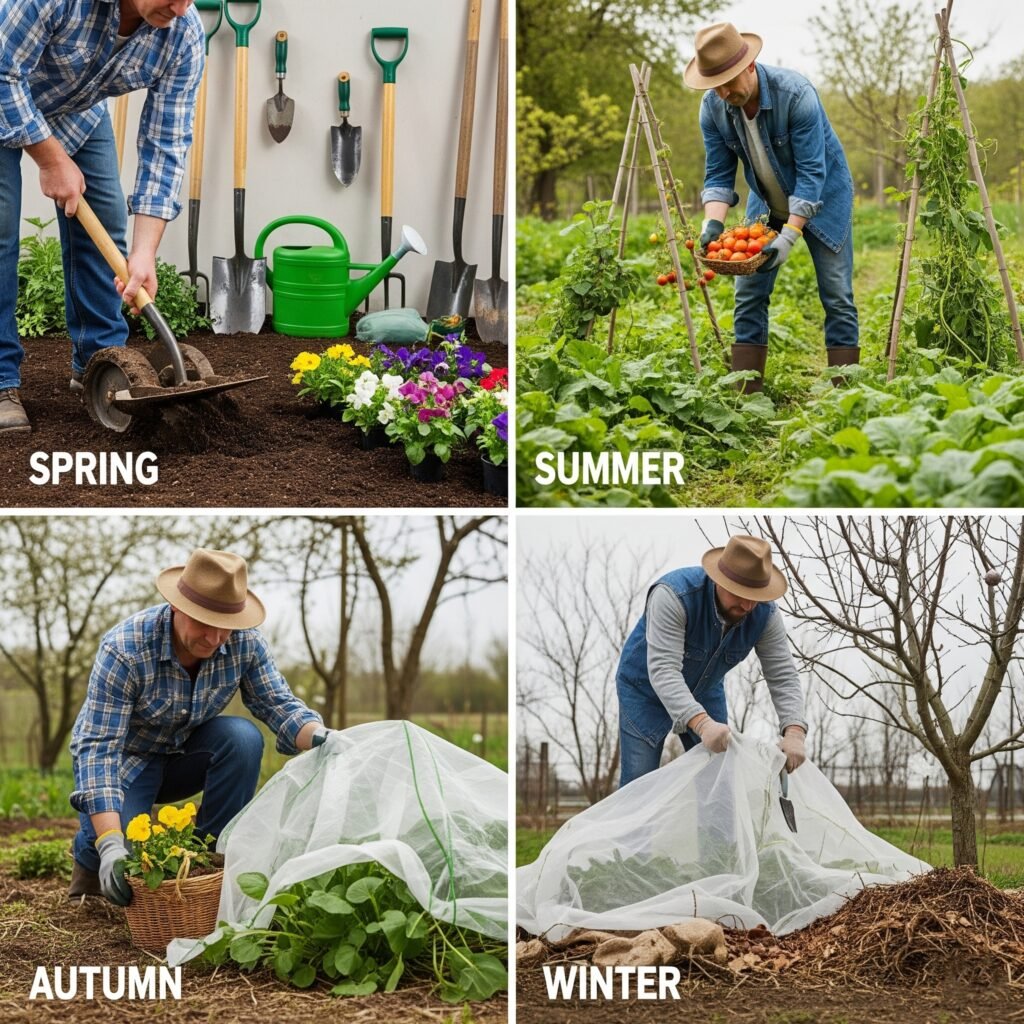
Site and Solar Power Requirements
Full Sun Requirements
And of course, it’s essential to have a sunny spot in which to grow them, with floribundas in particular enjoying rose beds with morning sun that dries the morning dew from their foliage. Getting information on growing floribunda roses, the following details on floribunda rose care would definitely be beneficial for you. Floribunda roses need to have at least 6 to 8 hours of direct sunlight a day to grow and bloom perfectly. Plants will do poorly, with fewer flowers, if grown in too little light, and exposure to the sun is the single most important criterion for a site.

Flow of Air and Wind Protection
Floribundas benefit from good airflow, but be sure the bed is out of the wind. Plenty of air space around plants helps prevent fungal diseases, as drying out foliage and reducing humidity around the plant canopy takes place. But wind protection, refuge from desiccating winds, are important too, as the constant wind pressure can tear new growth too much and take down the flowers.

Avoiding Problem Areas
There are a number of things to avoid when choosing your planting site for floribunda roses. Frost pockets formed from sluggish cold air and moisture can be an ideal environment promoting disease and winter injury. Hives by other plants do not allow roses the necessary space for root growth and ventilation. In addition, do not plant directly against house foundations, as the roof runoff can cause waterlogged ground, and reflected heat may cause stress to plants in the summer.
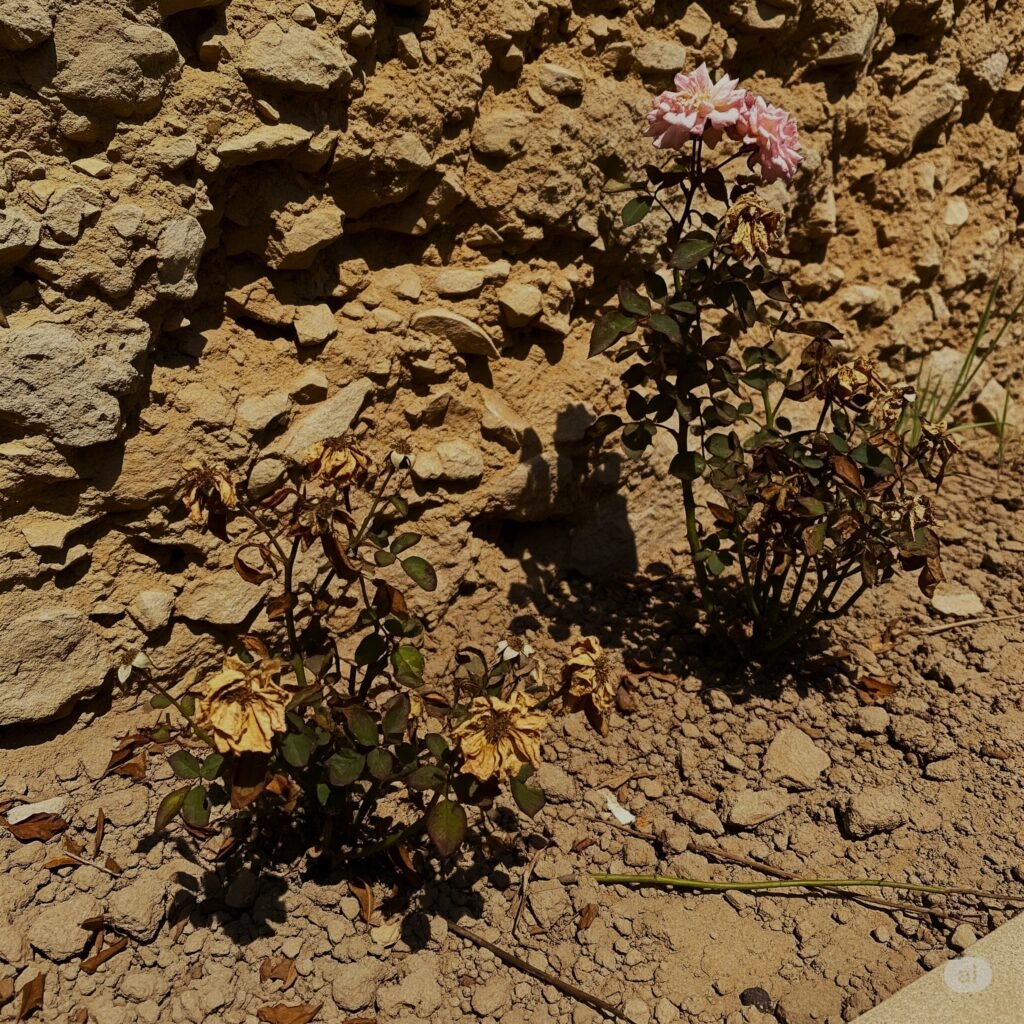
Soil preparation and amendment systems
Optimum Soil Conditions
Floribunda roses thrive best in fertile, well-drained soil, high in organic matter but not waterlogged, and they do not like to have their “feet” sitting in water. Soil pH is at its best growing MAXAM when it is slightly off-acid and neutral (optimum is 6.0-7.0); that level of acidity is perfect for both nutrient content and root growth. They are quite adaptable to any soil type as long as it is well-drained, although rich, loamy soil is ideal.
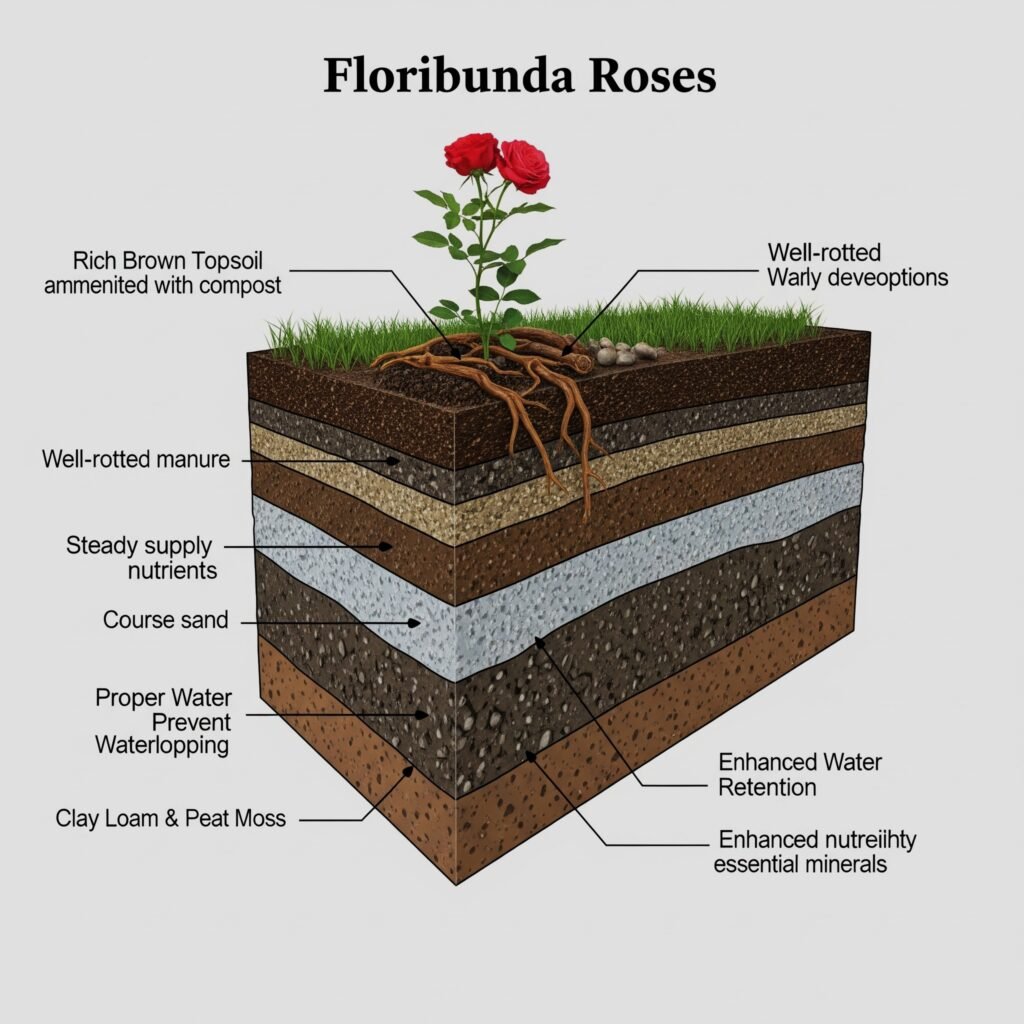
Soil Testing and Analysis
Big Deal Floribunda Planting Grow in new location or bed – Test your soil and adjust pH and fertility as you should each year. Professional soil testing can inform you about pH, nutrient net balance, and the quantity and percentage of organic matter in the soil, which is a jump-off point for addressing soil quality. Although they’re convenient and easy to use, home test kits for these types of things are great for testing the highest of the high levels of pH and nutrients, but if you’re testing for something as comprehensive as what a complete switchover needs, you would not be doing yourself any favors not to use testing results from a professional lab.
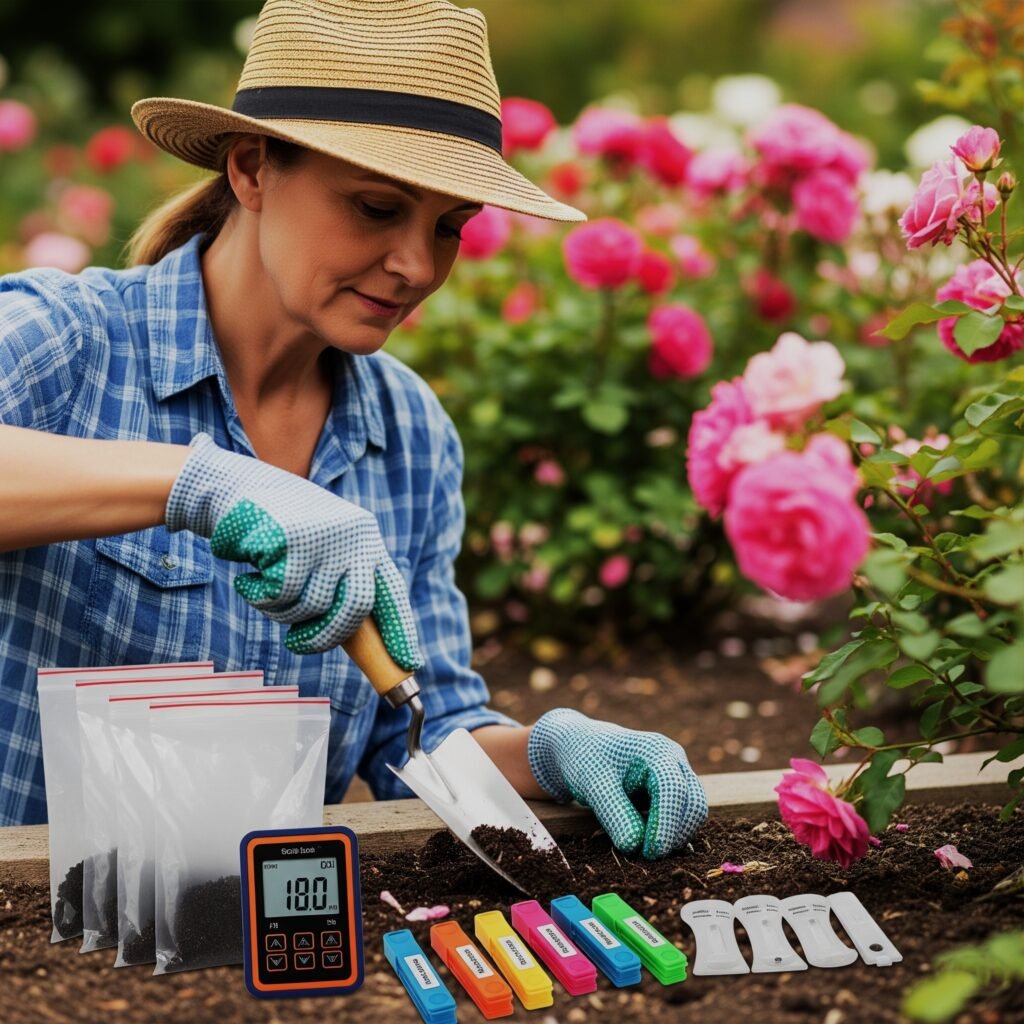
Amendment Application Techniques
If your ground is inherently wet, mix in some sand or coarse grit or even organic matter when you plant to work on improving the drainage. Yours should have been worked into the entire planting area and not just the individual planting holes. Till or turn over the soil to a depth of 18-24 inches for the entire bed, blending in 2-4 inches of compost, well-aged manure, or other organic material throughout the bed.
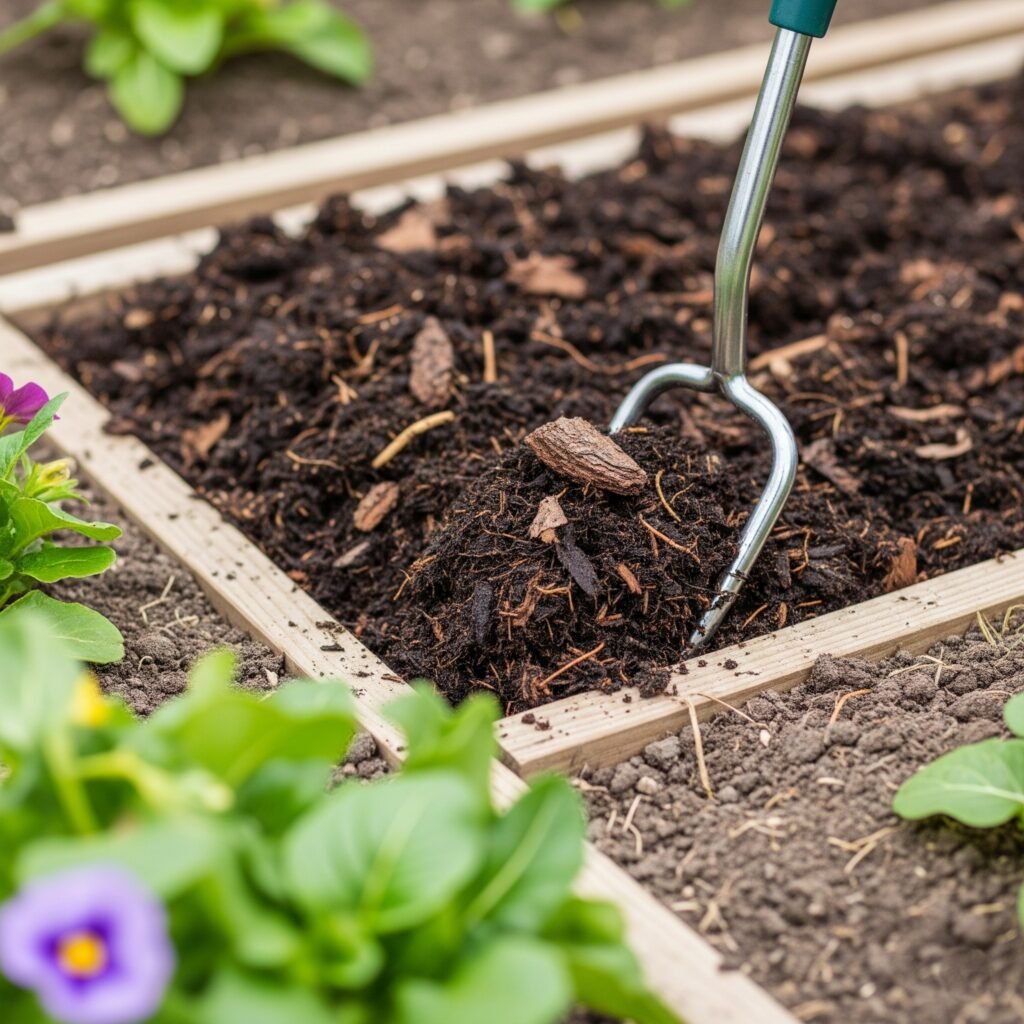
Planting spacing and positioning correctly
Standard Spacing Guidelines
We suggest planting most floribunda roses 90 cm apart in the border or 60 cm apart when grown as a hedge. Optimum spacing provides good air flow, lowers disease pressure, and gives each plant enough room for root spread and full growth. These spacing suggestions consider the average size of most floribunda roses when planted and mature, generally 3 to 5 feet in both height and spread.

Design Layout Considerations
Floribunda rose planting designs that are both attractive and functional take more than good looks into consideration. Formal garden designs often have lots of linear patterns with straight lines and, courtesy of pruned spaces, create clear visual displays by the hour. Casual or naturalistic planting schemes for other parts of the site, with exceptions of species by distance and other mixtures of companion plants, which tend to be by depth, show the continuation of the cottage-garden style. layouts even in herb gardens.

Companion Planting Strategies
For everblooming rose displays, strategic companion planting will add beauty and health. Suitable plants are perennials that are in harmony with the color of the roses and offer interest for a long period. Lavender, catmint, and salvia will give a good contrast of texture and will attract beneficial insects, and the ornamental grasses not only give structure to the garden but also provide pick-me-ups to show off roses.
Step-by-Step Planting
Pre-Planting Preparation
About an hour before you set your rose, water it well. This pre-plant watering allows the roots to become fully saturated and not be stressed by transplant shock. Water your roses’ roots 2 to 4 hours before planting (soak roots in water to allow dried roots to rehydrate). When it is time to start planting, the ground of the rose should have a little bit of moisture in it.
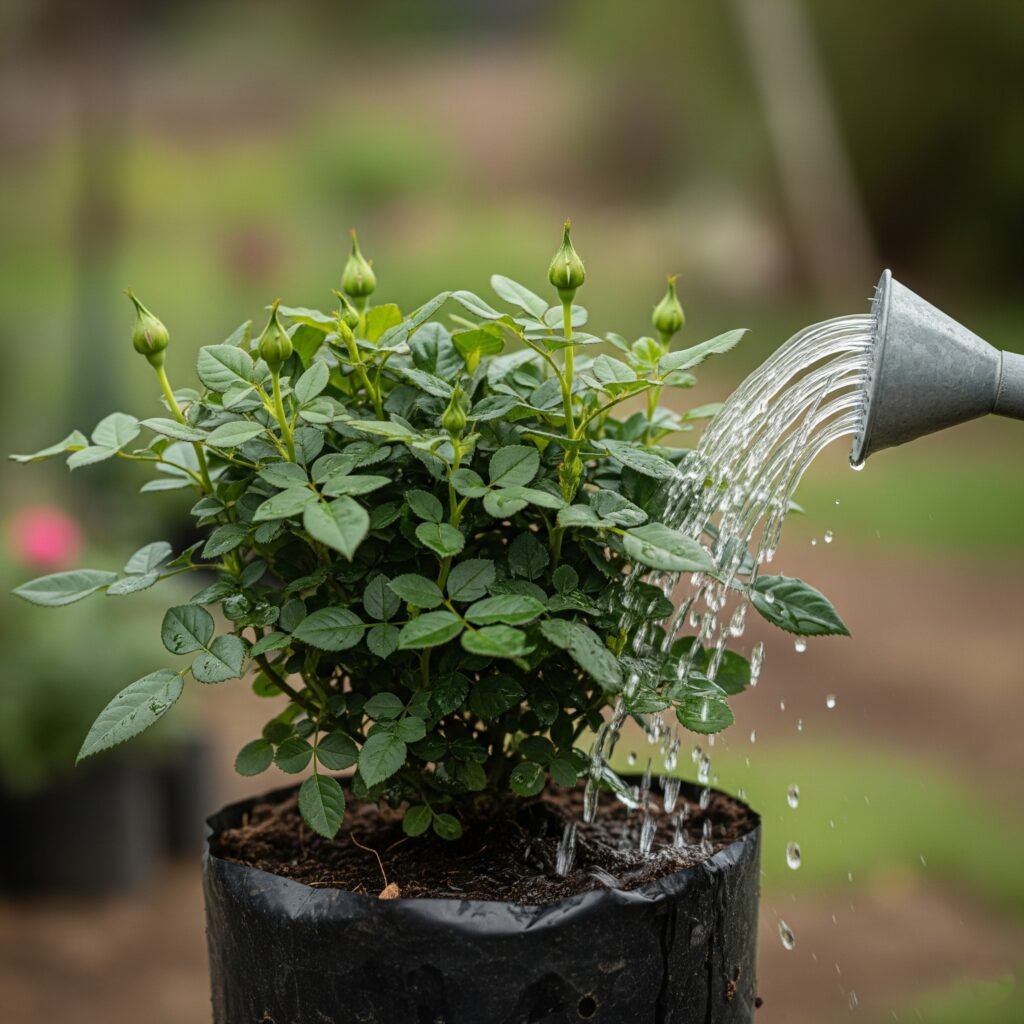
Digging and Hole Preparation
Dig a hole as deep and at least one-and-a-half times around as wide as the root ball. The width of the hole is more important than the depth; the majority of rose roots like to spread and are not inclined to grow very far downward. The planting hole needs to be large enough to spread the roots and for the graft to be at soil level.
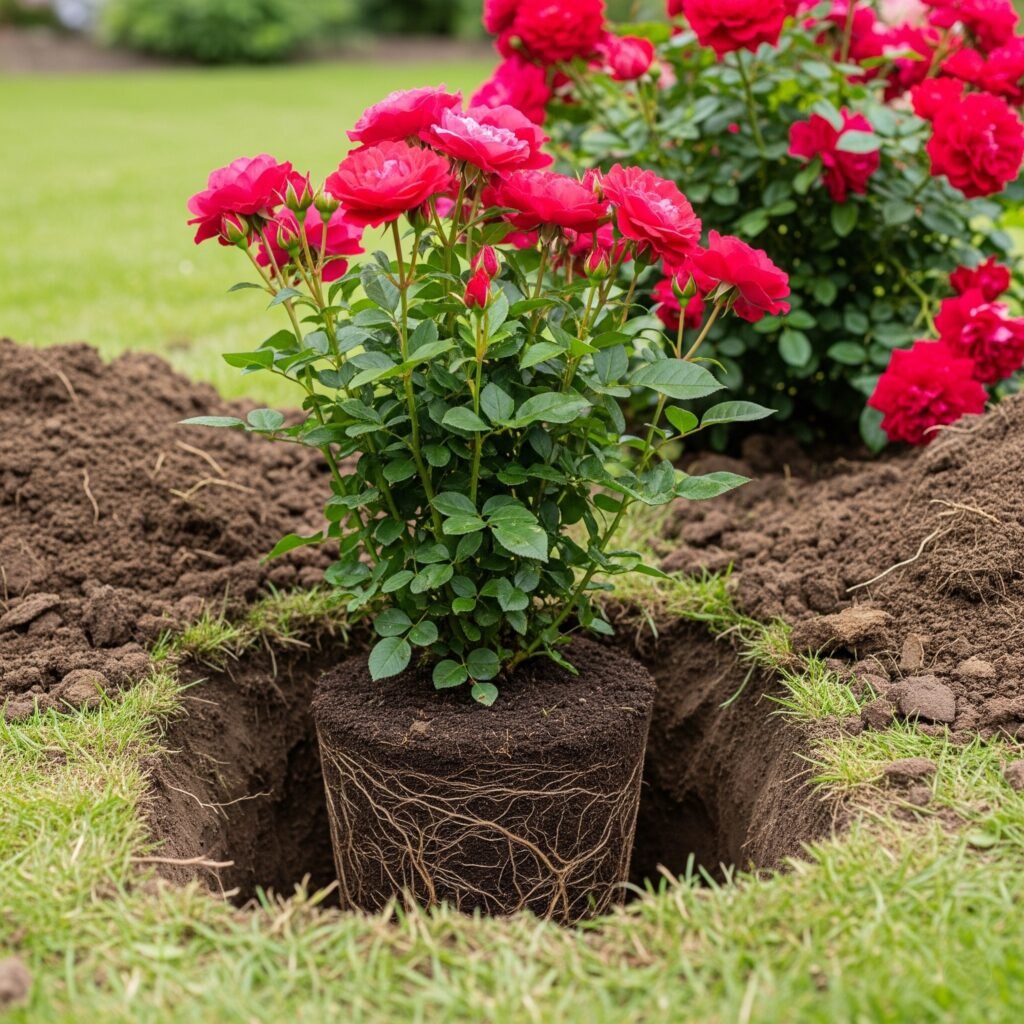
Root Handling and Placement
Lift the rose plant out of its pot, tease out the roots, and cut out any broken or damaged ones. To help promote establishment, carefully loosen and spread out any circled or pot-bound roots. For bare-root plants, distribute evenly over the soil mound in the planting hole; do not allow them to double back or bend into multiple holes, as the larger roots may circle within the hole and not grow out into the soil.
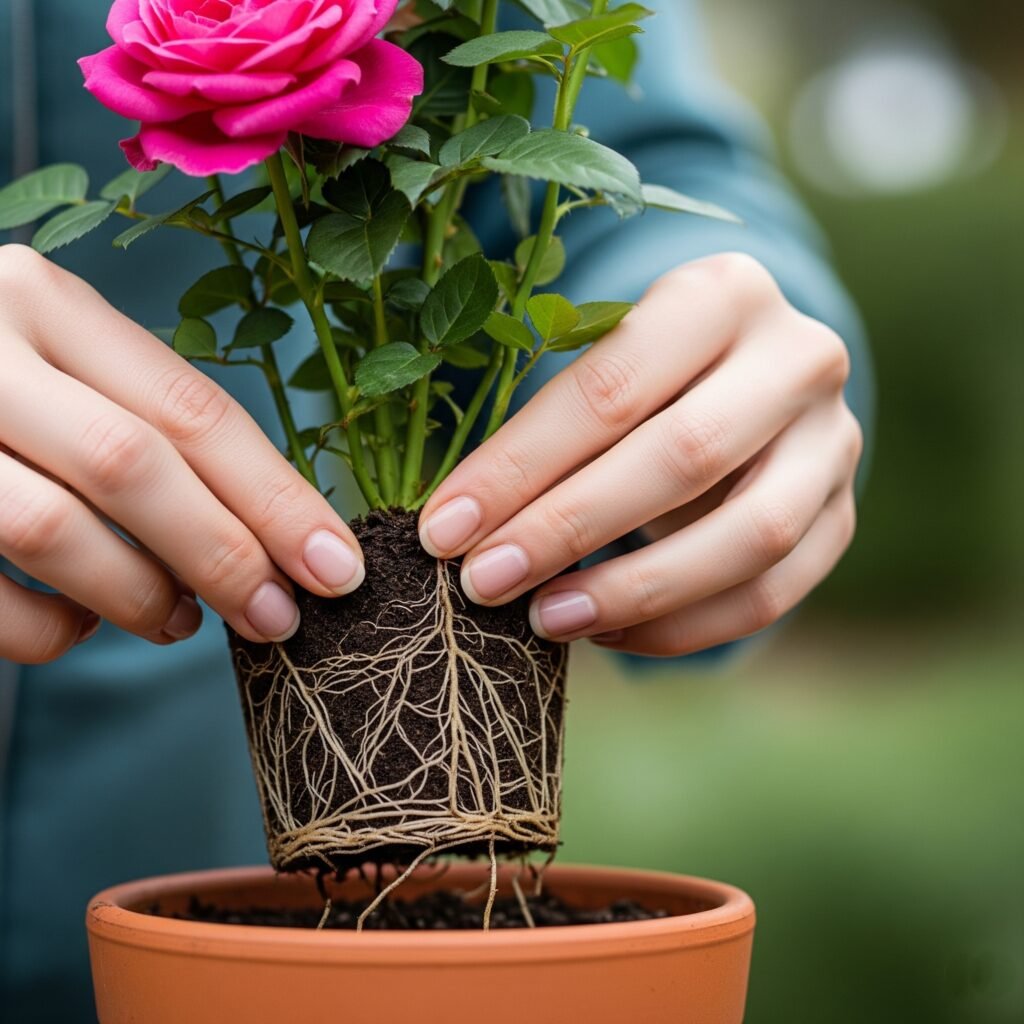
Backfilling and Initial Care
Arrive at the nursery already knowing that you want to plant the rose with the bud union to be at ground level, and fill in around the plant with the soil mix you prepared, but do not tamp down the soil too hard! Tamp soil lightly with hands, not feet, to eliminate air pockets with minimal compaction around delicate roots. Press the soil around the roots lightly and water thoroughly.
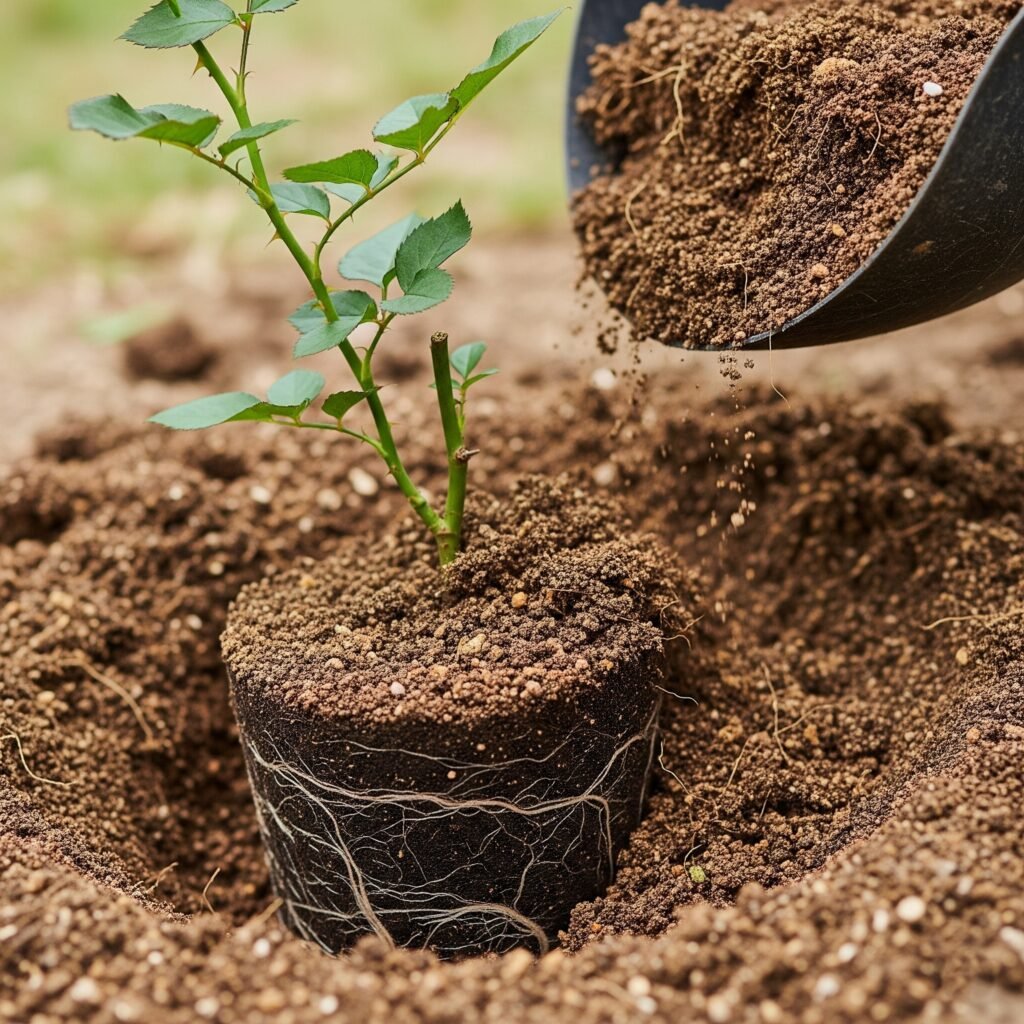
Establishment watering and care
First Week Watering Schedule
Fertilize all the roses with fish fertilizer to avoid burning young roots, which are more sensitive, especially with nutri grow at this time of the year. And newly planted floribunda roses, you add, water them well when first planted. The first 7 days post planting are ideal for the establishment phase, and they require monitoring and watering every day. A good deep soaking promotes roots to grow down instead of upwards towards the surface.
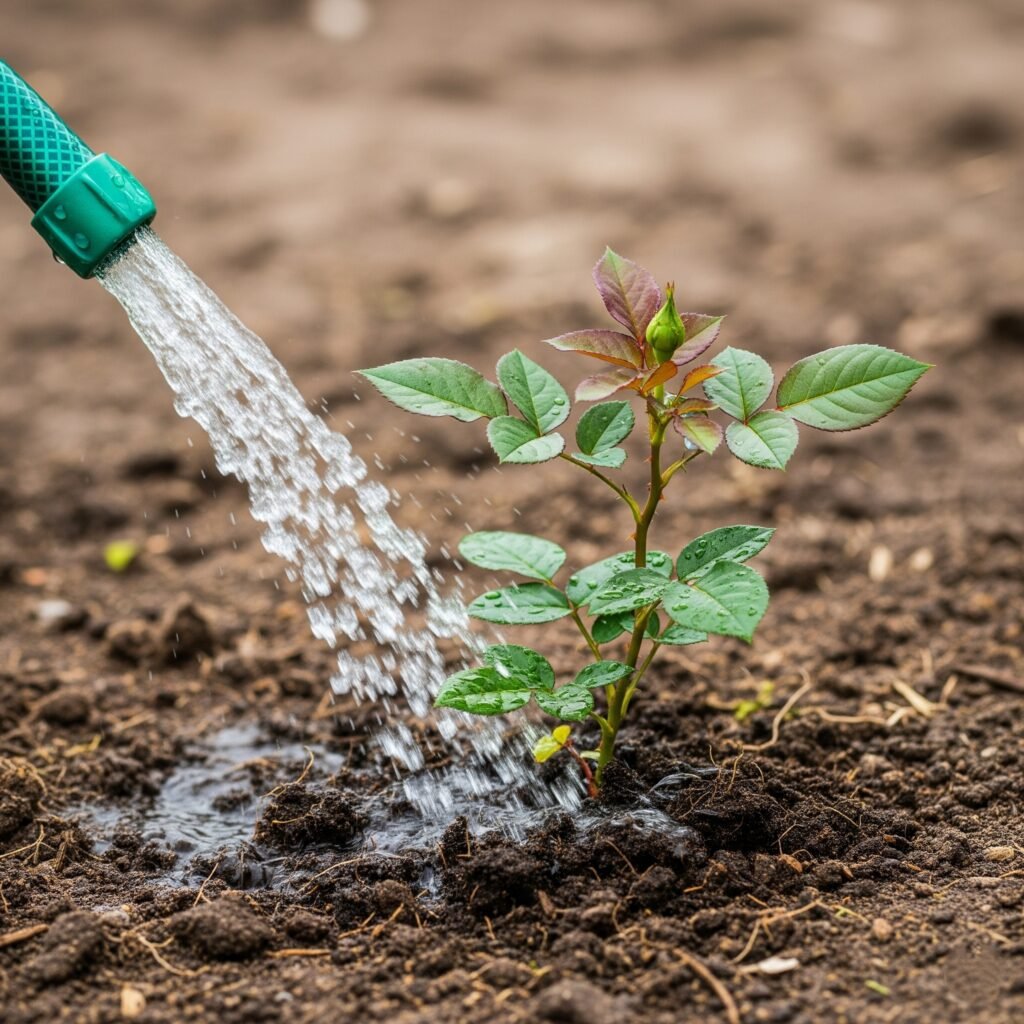
Establishment Period Requirements
We recommend regular watering for your rose until it is well established. The establishment period for container plants is generally around 4-6 weeks, and for bare-root roses 6-8 weeks, during which the young plants will need consistent moisture to establish good roots. Check the soil daily by placing your finger 2-3 inches into the soil surface near the base of the plant.
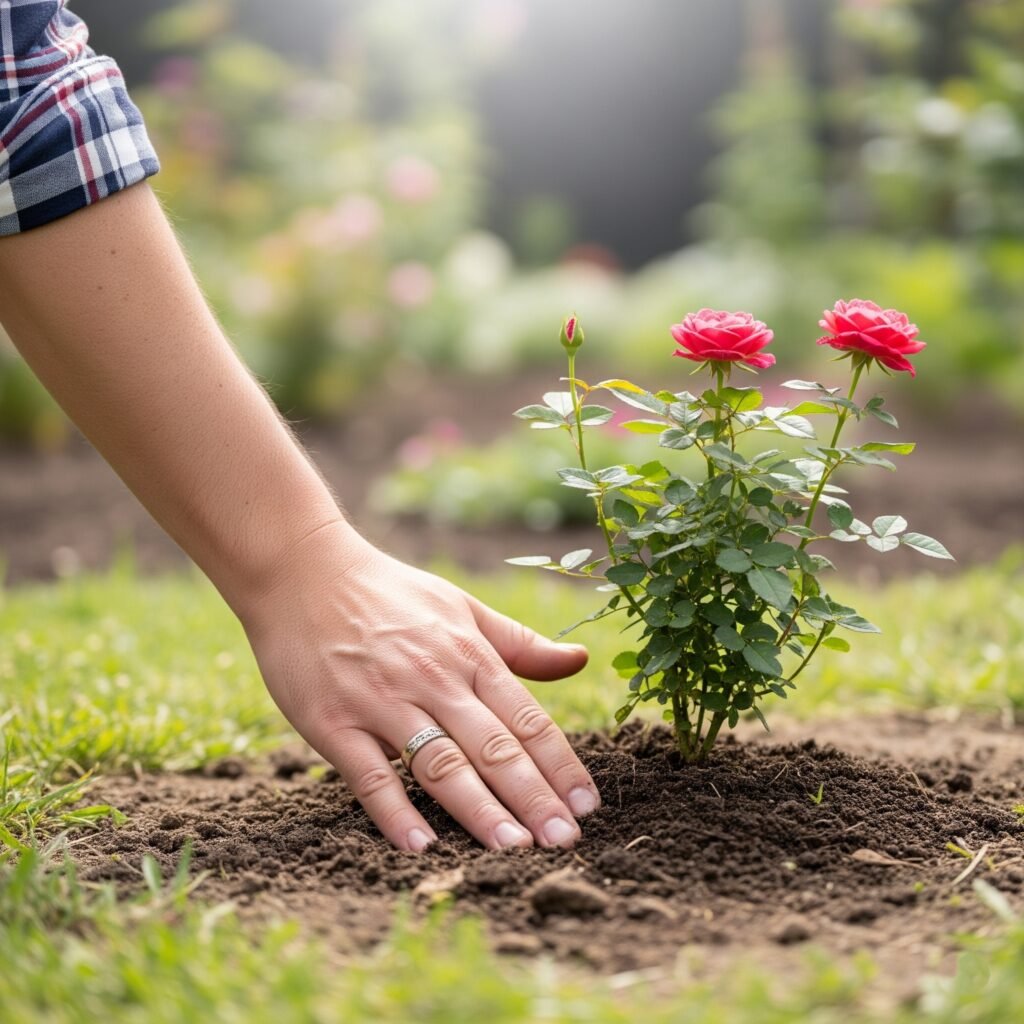
Early Fertilization Approach
Fish fertilizers are more gentle on tender roots, will not burn them, and are great for newly planted roses. For the first month, do not stress newly transplanted roots with high nitrogen fertilization that could force too much top growth before roots have become established.Leafy greens do need to be grown in rich soil, but other organic fertilizers (compost tea, fish emulsion or kelp meal) can give them the nutrients and strength without “heavy feet.”
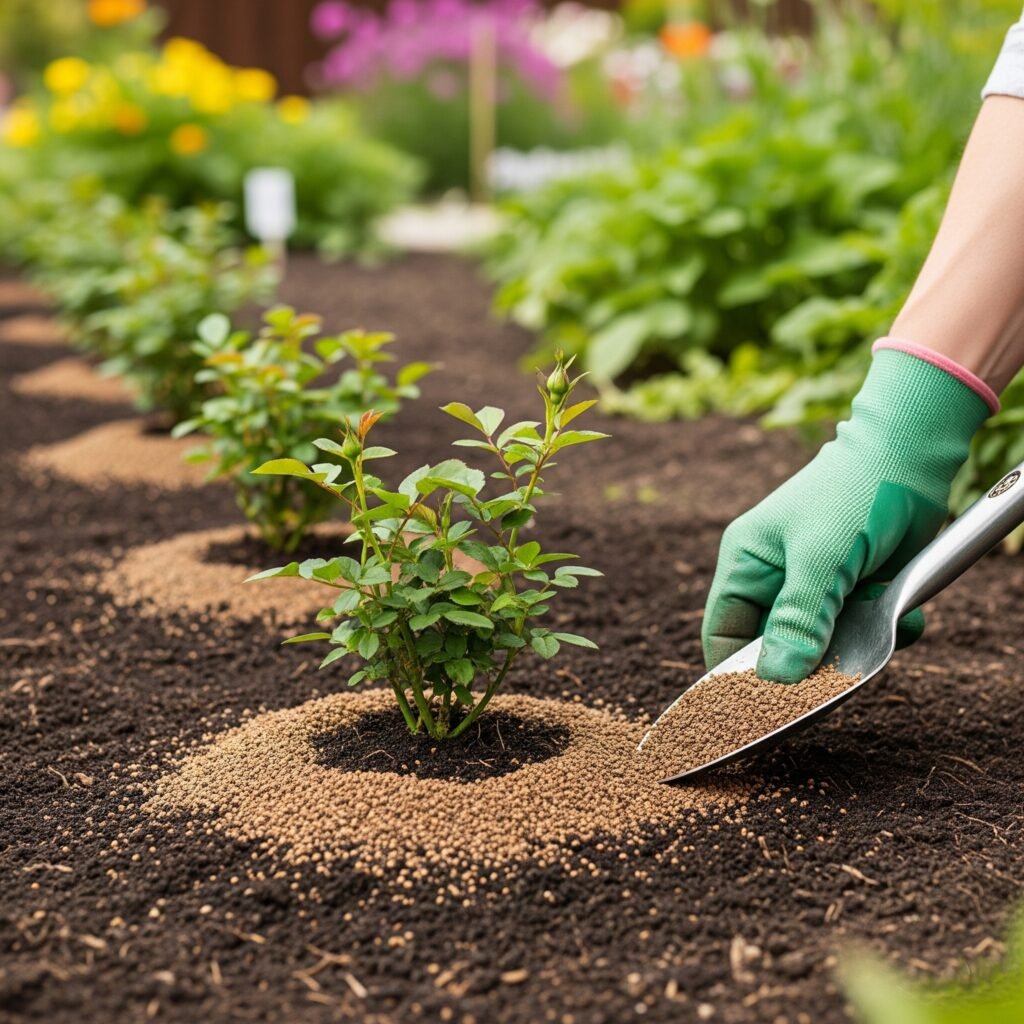
Container and Ground Planting Choices
Container Planting Advantages
Floribunda rose plantings, like most breeds of roses, have long roots; therefore, they need to be planted in deep containers with many drainage holes to thrive, then, it will have enough room for root space to spread and establish a strong root system. Why Container Gardening is a Good Idea Container gardening is a very popular way for people to garden that have limited space available or for people that live in a unit or on land that is not suitable for a vegetable garden.
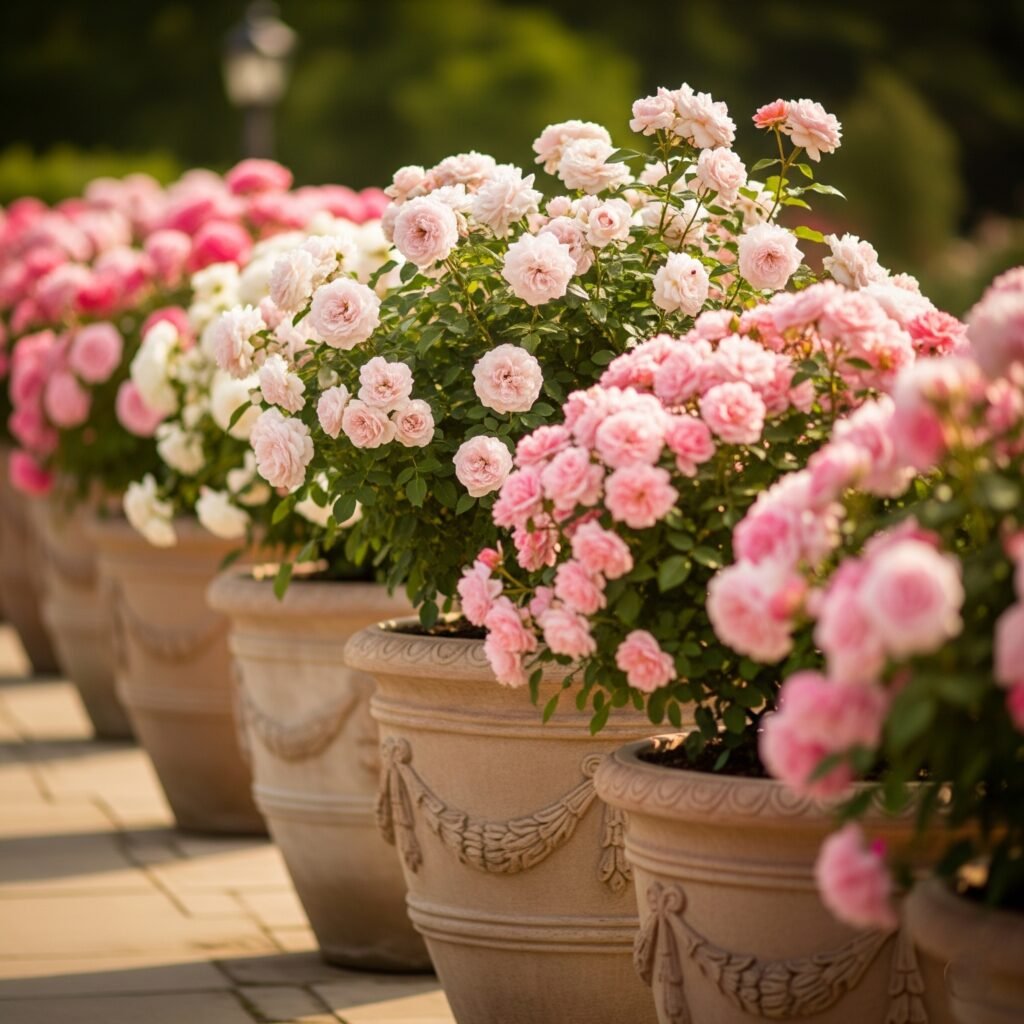
Container Selection and Preparation
Select 18-24 inch deep and wide containers to allow floribunda rose planting room for their root systems. Drainage is crucial; why not choose containers with at least a few decent drainage holes and possibly put a little gravel or terracotta crock in the bottom to stop the soil from blocking drainage? If you intend to maintain your rose in a pot, bear in mind that floribundas have very long roots and require deep pots with drainage.
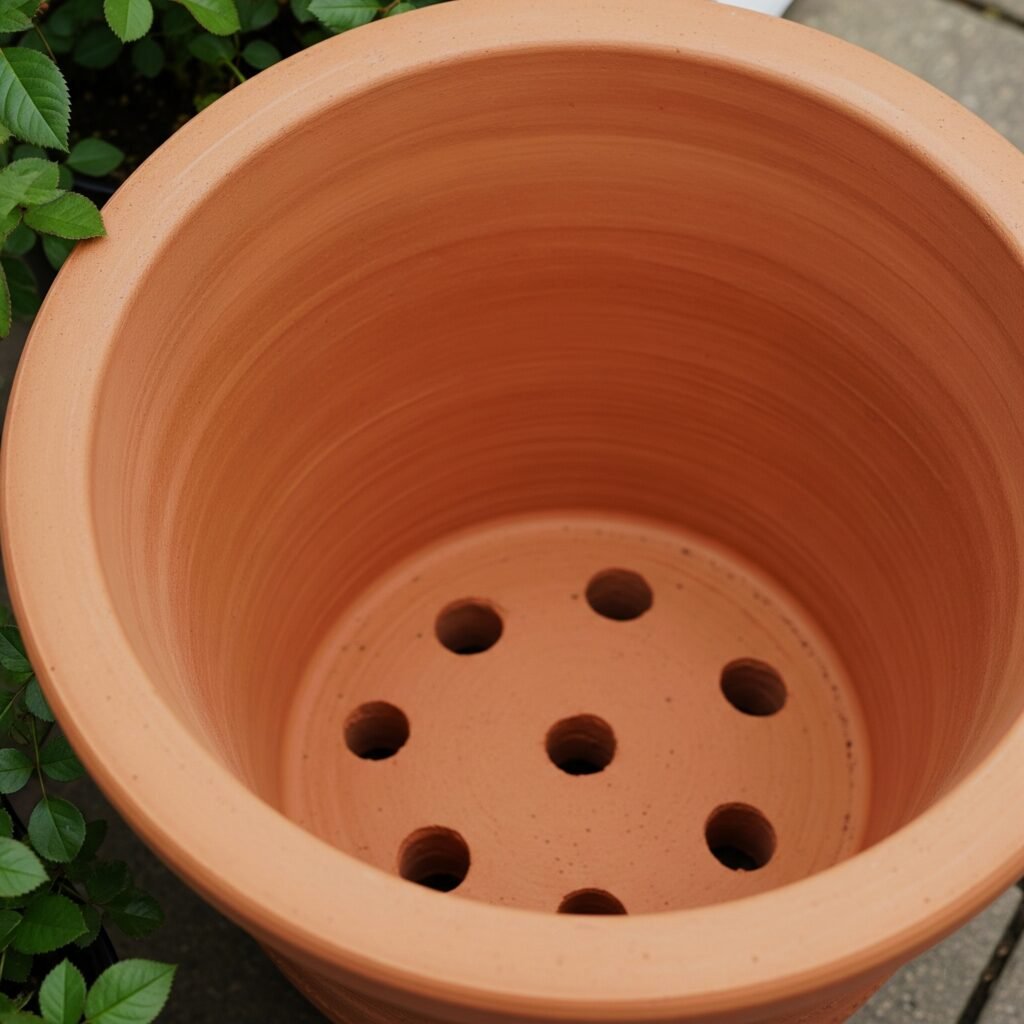
Ground Planting Benefits
Planting in the ground has several benefits, the most notable being increased root space, better moisture stability, and less maintenance. Container roses have less direct access to water than garden-grown but will still need to be watered often. Roses in containers have reduced ability to take up water compared to roses planted in the ground and will need frequent watering. Roses grown in the ground usually have a big root system that somewhat correlates with a bigger plant and invites drought tolerance.

Transitioning Between Growing Methods
It is possible to transfer plants between pots and ground planting successfully with a bit of know how and correct timing. When repotting, fill a new pot with compost and gently take the plant out of its old pot, placing the plant on top of the soil in the new pot and covering it. Spring and fall are the best times of year for the change and will give the plants time to set in before periods of stress.
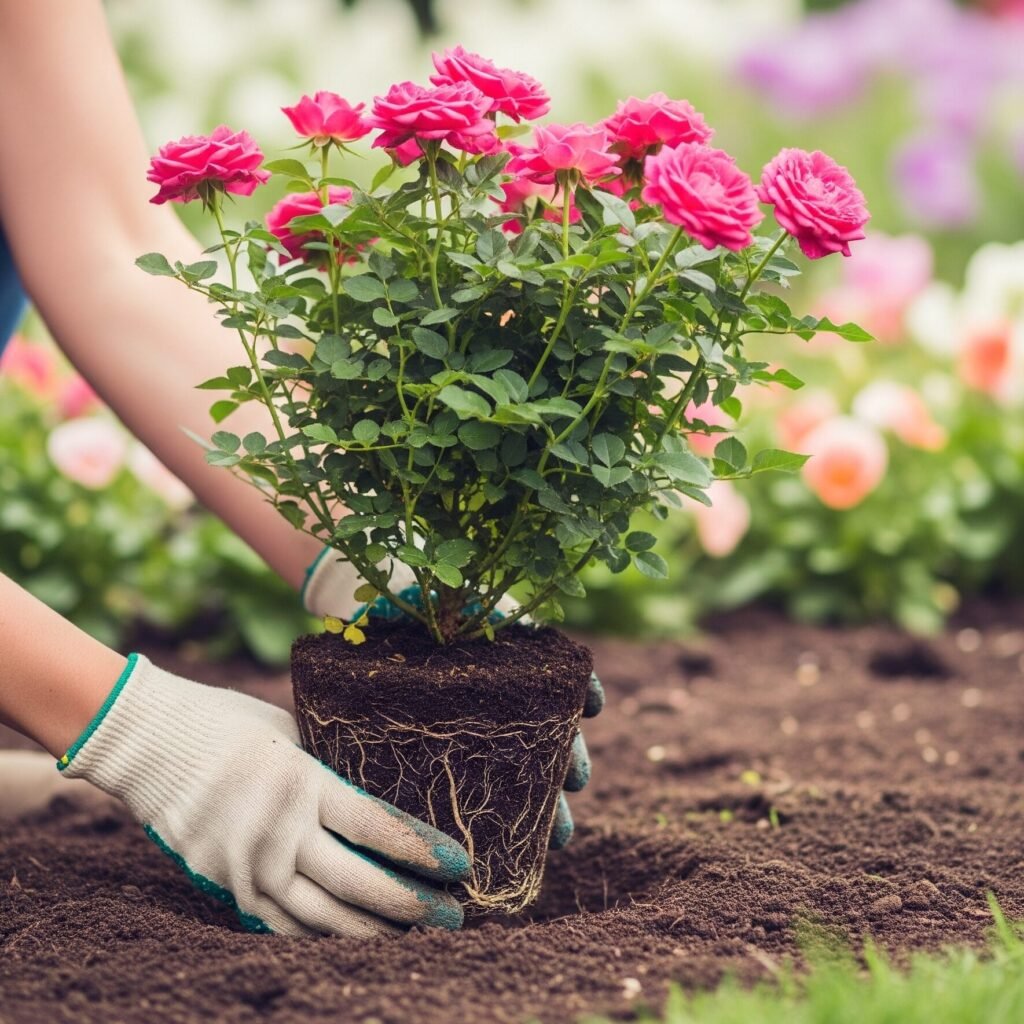
FAQs
When to plant floribunda roses?
The best time to plant floribundas is in the spring for bare-root roses (just as they emerge from dormancy) and spring or fall (October to November) for those in containers. If planted in spring, they have time to become accustomed to cooler growth, or if they’re planted in fall, the dormant season sequesters root growth.
How Much Space Between Floribunda roses?
For floribundas, the equivalent is 90cm in a bed or 60cm in a hedge. This spacing provides good air exchange and reduces disease pressure and allows each plant the space for its stocky, mature stand. Plant dwarf forms 60-75cm apart; other types 1.2-1.5m apart. It always pays to be mindful of the individual mature size of selected varieties when spacing!
What is the best soil to grow floribunda roses?
Like other roses, floribunda roses thrive in humus-rich, moist, well-drained soil and full sun. Pomegranates Prefer Well-Drained Soil With a pH of 6.0 – 7.0 (Slightly Acidic to Neutral) and a Little Organic Matter in The Soil Is Ok but Organic Matter Is Not Needed for Nutrients or the Organic Structure of Soil.
roses in pots truly be happy?
Yes, floribundas can be container grown but in large, deep containers with good drainage because they are big root plants. Select containers that are 18 to 24 inches deep and wide and have several drainage holes. Potted plants will need to be watered more often than roses planted in the ground and will do best with a good-quality potting mix, not garden soil. This method is well suited for small plots and urban gardens.

